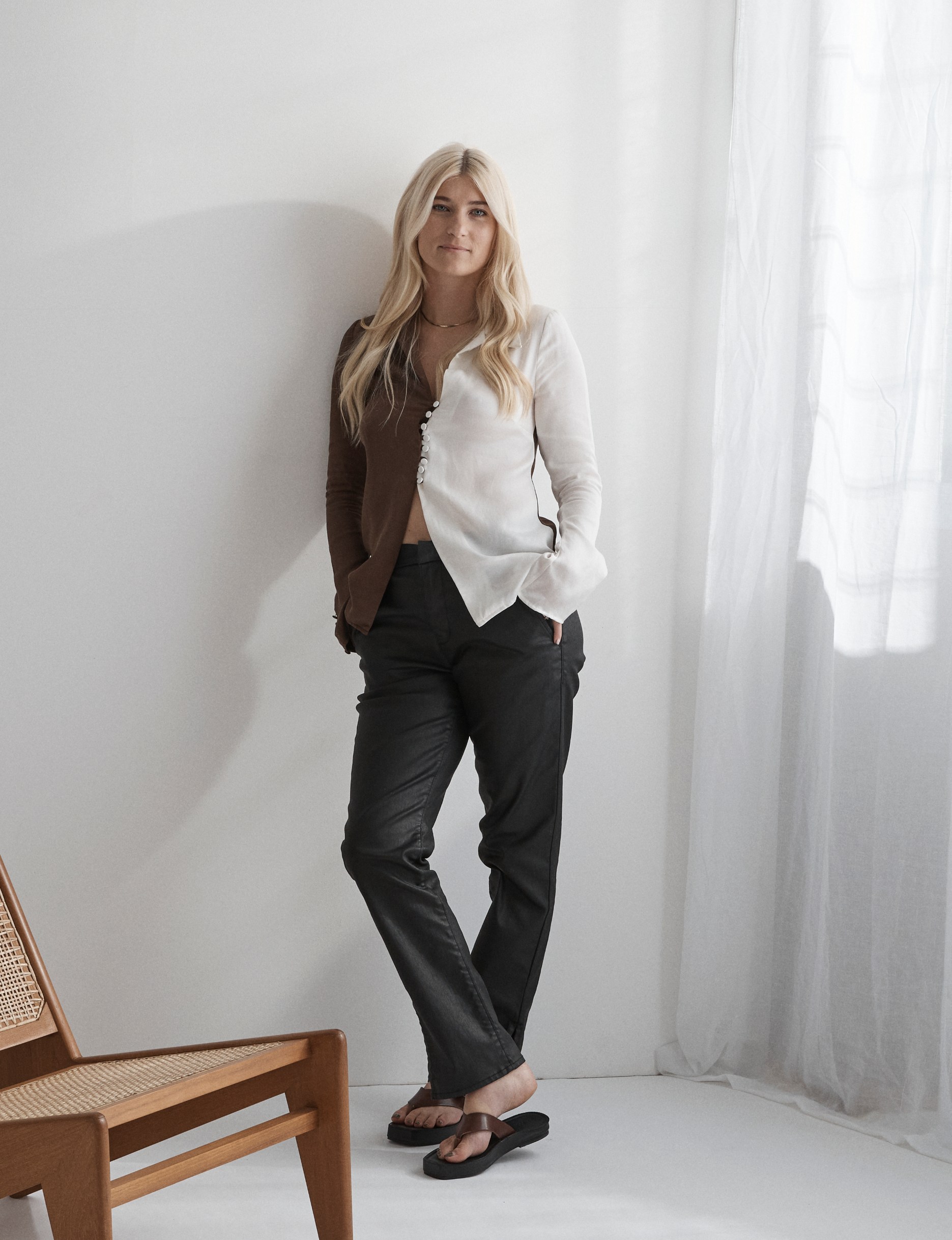
Building a sustainable fashion brand


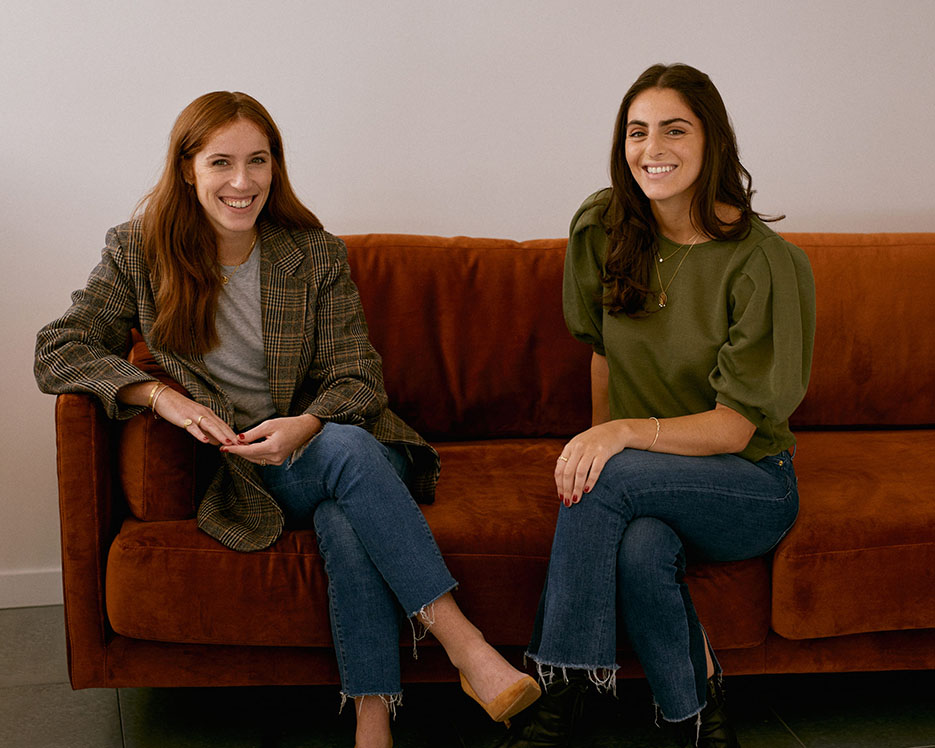
Neuhaus and Wares grew up together in Antwerp, also known as the diamond capital of the world and with family members working in the trade too. In London, they became conscious of their purchases and were frustrated by the lack of sustainability.
Kimai was born in 2018 after the two saw scope to create a brand with a transparent supply chain and ethically sourced diamonds – this they believed, would appeal to a younger shopper that had previously been overlooked by the industry.

Diamonds are entirely made up of carbon in a high pressure and temperature environment. Traditionally, they are mined from the ground where they’ve formed over centuries. Thanks to today’s technology, lab-grown methods provide identical results, and without the negative impacts.
We dug deep (pun not intended) and discussed the negative social and detrimental themes concerning mining, “There are many different issues…the first one would be the social impact of mining. There are a lot of children working in mines, and a lot of them (companies) that sponsor wars in Africa too. We need to dig deeper and deeper in order to get better diamonds which means we’re leaving huge holes on earth. This also means entire communities have had to relocate that live around those mines as well.’
Plus, a diamond often exchanges hands 20 times after being mined, with so many middlemen, it’s usually impossible to trace where exactly it came from and under what conditions it was pulled from the earth.
Kimai was founded in 2018 as a modern jewellery brand channelling the founder’s heritage while also delivering on true traceability. Using lab diamonds, which are physically and chemically identical and recycled gold, Kimai cut out mines and the middlemen for a sustainable process from design to delivery.
Kimai means sustainability in Hebrew.
The founders suggest when wearing a particular item of clothing, you should make a tick or mark on the care label to show that you’re re-using the piece again and again.
Watch the Explained episode on diamonds here.
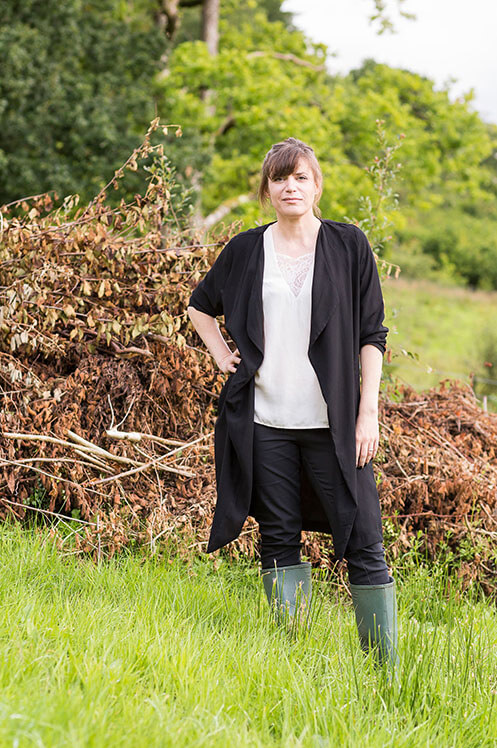
Leather which represent a $50bn industry has terrible environmental and human impact. Tanning is probably the most talked about issue with the infamous Black River of Daka.

Metals used for tanning are extremely harmful and no humans should be close to them. There is also a high amount of solid waste and Chromium 3, Chromium 6.
However even if the producing country is more regulated, processing leather itself is also a problem:
– Leather is one of the most carbon-heavy material
– It has a large carbon and water footprint.
Even if the production is regulated, leather still demands too much from our planet.
PU & PVC have lower carbon and water footprint so in that comparison they are better. But they are still made from petrochemicals which means that they are essentially plastic. They won’t break down at the end of life.
TreeKind is made from green waste which is essentially park & garden waste: leaves, twigs, grass, cutting from trees… Everything you put in your green bin.
Biophilica collects green waste from parks around London and they have recently been experiencing successfully with agricultural waste (tomato plant waste). So adding to parks, now farms are part of their supply chain.
SOME NUMBERS
800 million tons of green waste
5.5bn tons of agricultural waste
And it is regenerative!
TreeKind is ‘estimated carbon-neutral’. They are waiting for the Life Cycle Assessment to confirm the first findings:
‘The carbon sequestered by the plant matter that we are using in our material collects more carbon than the process of making the material’ Mira Nameth
A group of scientists and designers working together. A collaboration that is extremely fruitful and positive.
Nature has spectacular engineering and chemistry so ‘we’re just at the start of this plant revolution where we will see an explosion of green chemistry […]. We are moving away from fossil fuels and looking at chemistry that does not damage the environment’.
1. Setting the space in East London and producing 500 square meters of TreeKind. They are working hand in hand with selected brands to develop products.
2. Competition with Blue City Labs where the finalist will get enough TreeKind to create their designs.
3. Collaboration with ID Watches Geneve, a luxury watch brand focused 100% on sustainability: 100% recycled steel and refurbished mechanism. TreeKind is working on the watch straps.
Eating as many plants as possible!
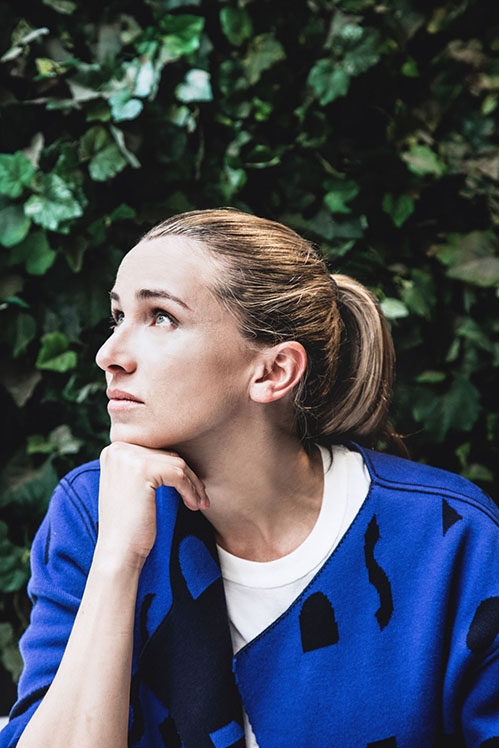

‘No clothes should truly have an end of life. I’ve realised that others’ people discarded clothes are better than my own’
Christina Dean
Christina has always been passionate by public health and while she was a journalist in China, she realised there was a strong link between the fashion’s industry impact on the environment with publich health.
She started a project called 365 Challenge where every single day for a whole year, she wore other people’s discarded clothes sourced from a giant sorting warehouse outside of Hong Kong. Looking at the fashion waste, she felt disappointed and this is when her new path began. After going from hope to anger, Christina has reached a reality check, she doesn’t oscillate between anger and hope and anymore, she lives in a much more educated area and has a healthy respect for the fashion industry.
‘Clothing is part of our armoury of emotional wellbeing’
Christina Dean
REDRESS was founded by Christina in 2007. At that time it was Asia’s first and only environmental NGO focused on on the fashion industry. Its mission is to reduce waste in the fashion industry by educating 2 main stakeholders: designers & consumers.
‘We want to inform & inspire: cultivate a much more considerate and conscious culture around clothes, how they are designed, produced and worn’
Christina Dean
The world’s largest design competition with 140 university partners from around the world, 60 countries applying. The competition is in its 11th cycle.
This year Jessica Chang, won the Redress Design Award 2021 First Prize with Timberland. ‘The Wall’, the collection she presented, explores the different forms of walls that form protection or barriers, from those existing in nature, to man-made architecture and emotional walls we built to protect our hearts. Jessica upcycles industry surplus textiles and secondhand clothing into garments, adding breathable window detailing, with the aim to reduce the frequency of garment washing.

‘Evolving recycling advancement enables us to reuse materials that weren’t possible in the past; therefore, utilising existing materials and problem-solving are things we must consider as responsible designers’
Jessica Chang
Founded in 2017, The R Collective is a social impact brand. Christina wanted to show that a sustainable fashion brand was indeed possible and profitable. The R Collective was born out of pure frustration and she already has access to waste through Redress and designers through the Awards.https://www.youtube.com/embed/RAcgkD7bFbw?feature=oembed
ReCircle is the latest collection by The R Collective: they rescued luxury IP-sensitive silk fabric waste, which is often routinely incinerated due to its highly sensitive branding and patterns, from a global leading luxury brand.

Christina is the co-author of Dress with Sense where she gives us easy tips to start having a conscious relationship with your clothes. One of her main advice is to do a closet edit: dedicate some time to edit your existing wardrobe and sort what you do and don’t wear. Take care of your clothes, think of the work that it took as well as the individuals behind them.
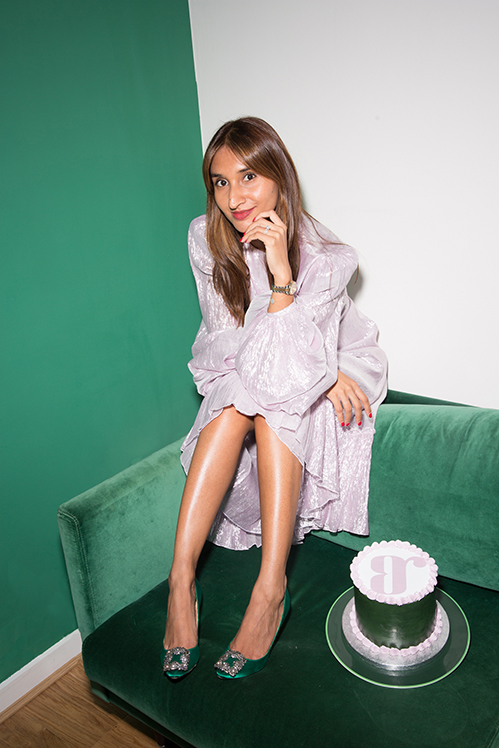
“Until now, the fashion industry has been product-led rather than consumer-led”
Vintage & Second-hand
Etsy
Depop
Vinted
Vestiaire Collective
Fashion Rental
USA – Rent The Runway
Singapore – Style Theory
China – Y Closet
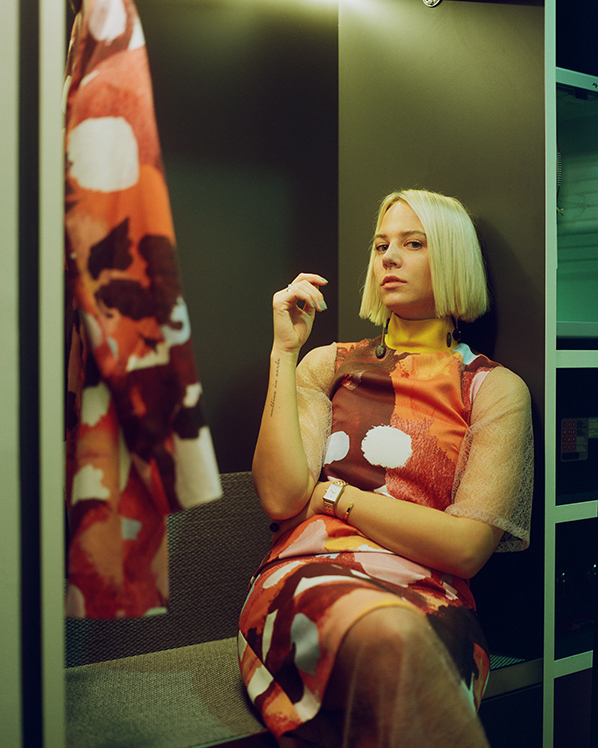
“How I participated in the industry has changed but I always wanted to be in fashion”
Cassandra’s selection is based on her 3 ‘Es’ methodology:
The new e-styling digital plaform is also a resource and should create conversation around alignment of values.
At the beginning of a season, or when you have an itch to get something new, make a list and set an amount of time and reevaluate later.
Within that time, try to challenge yourself to be shopping your closet. When you want to buy something, try to fix something first, repair a garment that has been sitting in your
If you end up buying something, take some time to learn about the brands you purchased to become a resource to your friends and family. It is quite special to be part of the story.
Discover Cassandra e-styling service.
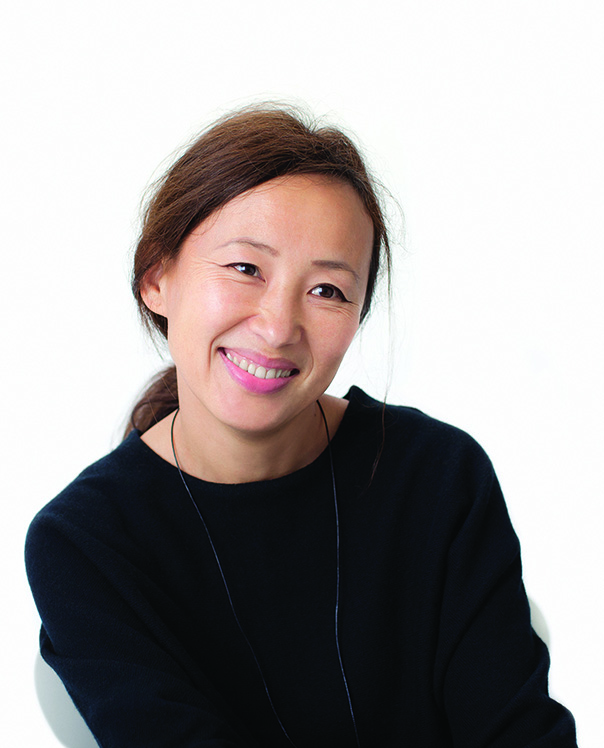
Cashmere, the ‘diamond of fibres’, represents 4bn of the 60bn global luxury market. Demand keeps on growing creating a vicious circle that is weakening Mongolia’s cashmere supply while wrecking its natural environment.
Abstract contemporary art plays an essential part in the brand’s aesthetic.



The fibres come from the undercoat of cashmere goats in the Asian steppes of Mongolia and inner-Mongolia (China).

Why do we call it the ‘diamond fibre’?
Mongolian herders respect the land and used to manage cashmere goats in a very smart way. But the global commercial demand led to nomad wanting and needing more goats which led to overgrazing and desertification of the land.

Overgrazing & Desertification
Overgrazing can be defined as the practice of grazing too many livestock for too long a period on land unable to recover its vegetation, or of grazing ruminants on land not suitable for grazing as a result of certain physical parameters such as its slope. Overgrazing exceeds the carrying capacity of a pasture. However there may be other factors involved or contributing to apparent overgrazing such as climate change.
Desertification is the process of land turning into desert as the quality of the soil declines over time.
Degradation of land in Mongolia is severe: 1 to 15% of land area. Keep in mind Mongolia is 3 times the size of France.
“100% sustainability is impossible to achieve. Sustainability starts with humans. Otherwise, who else can take care of the land” Oyuna Tserendorj
Focus on 3 areas:
What is SFA certified cashmere?
Fibres are responsibly sourced and responsibly produced (clean processes, no harmful chemicals, water consumption).
Fibres are traced using transaction certificates from herders to the brands.
SFA-certified cashmere fibres differ from non-certififed fibres in that they have been harvested following traditional nomadic herding practices. By purchasing SFA-certified cashmere, you help secure herders’ livelihoods.
Discover the work of the Sustainable Fibre Alliance
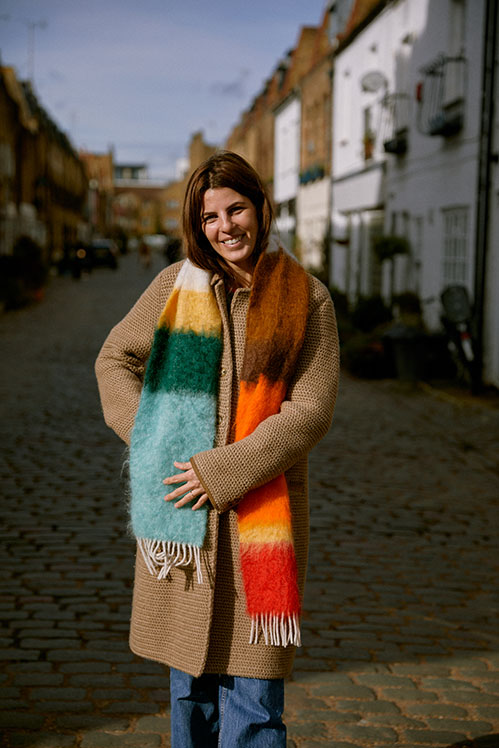
Laura has a true passion for archival pieces: Dior in the 50s, Saint Laurent in the 70s. She always looks into the dialogue between past and future when it comes to clothes.
Second-hand platforms she uses:
The Real Real
Vestiaire Collective

Second-hand afficionados, newbies and even Dads!
Read all about Kering’s investment in Vestaire Collective here.
What has changed in fashion to create that shift towards second-hand according to Laura?
Educational vs. transactional
Brands have recently realised that they have a role to play following the example of McQueen & Vestiaire Collective
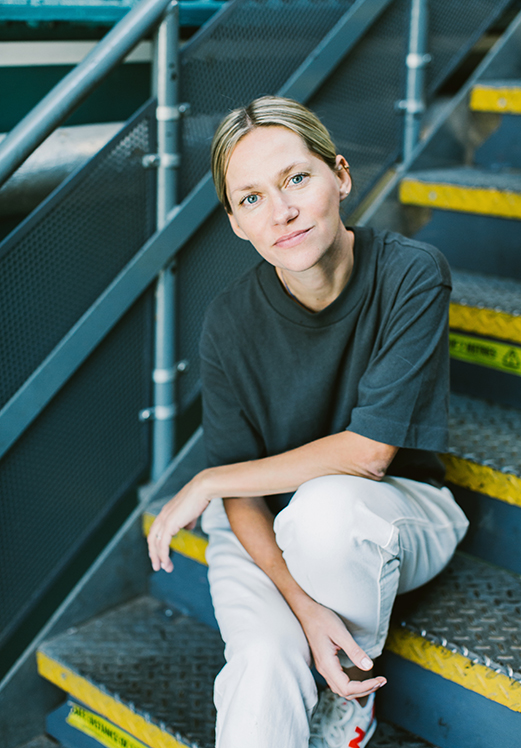
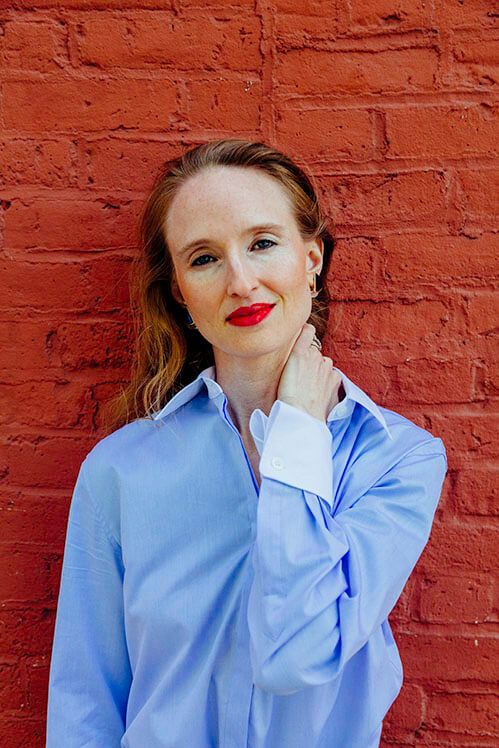
Prior to founding Another Tomorrow, Vanessa was a Managing Director at Morgan Stanley, where she held several leadership roles in the emerging markets institutional securities business.
Discover Another Tomorrow
‘Idea of satisfaction has to come from within’
‘Approach the business through the lens of who our customer is’
Discover more here
‘Being certified a B-Corp brings a legal framework and alignment […} It creates real accountability.’

What’s a B-Corporation?
Certified B Corporations are businesses that meet the highest standards of verified social and environmental performance, public transparency, and legal accountability to balance profit and purpose. B Corps are accelerating a global culture shift to redefine success in business and build a more inclusive and sustainable economy.
Other B-Corp Companies on The Forward Lab
Elvis & Kresse
Pala Eyewear
Discover B-Corp here
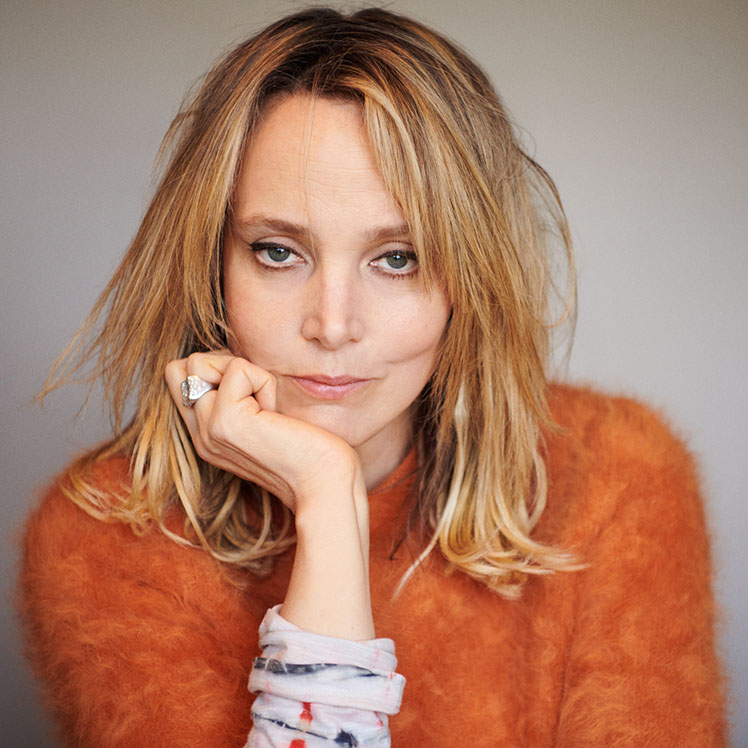


“Cheap Date is more than a hip, Brit-influenced Manhattan fanzine. It’s a collective of painfully fashionable bright young things, who celebrate the vast and varied potential of thrift as an antidote to the influence of commercial fashion“ The Guardian
Fake campaigns for Cheap Date by Bay Garnett:
Saint Laurent > Salvation Army
Prada > Poached
Burberry > Borrowed

Rolling Stones Muse & Queen of the Underground

Bay’s article on Anita, here
In 2017, Bay started working with Oxfam as their senior independent fashion adviser. Her projects include:
Fashion Fighting Poverty
Oxfam Fashion Show 2020


2019 Second-hand September
Campaign with Stella Tenant & her daughter Iris

2020 Second-hand September
Campaign with Michaela Coel

2020 Oxfam Pop-Up at Selfridges

Discover here
NYC
– Council Thrift Store on Park & 73rd
– Salvation Army Thrift Store in Queens
LONDON
Portobello Market on a Friday morning